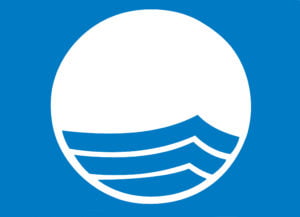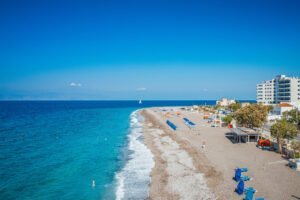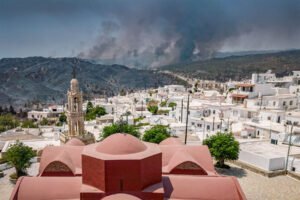Beyond the sea and sun model
Sunny skies and sandy beaches and clear waters have for decades earned Greece’s reputation as a leading destination for holiday-makers, but now the authorities say that tourism strategy needs a change of focus to stay ahead of the game.
Scenic hikes for the hardy, traditional farm produce for the selective and religious relics for the pious are among a hatful of ideas brought forward to extend the Greek travel scene to an all-season level.
“Greece has the ability to move beyond the sea and sun model, and to become one of the leading all-year-round European destinations. Our country cannot hope to develop its tourism sector by using outdated methods. New products (are needed).” It is a message that the tourism ministry has been repeating over in recent, trying to shift the emphasis to regions mainly in the poorer Greek north, rich in folk culture and unspoilt natural beauty but also in need of jobs during the winter months.
“Everybody knows the Aegean Sea islands…but there is another Greece that few people have seen,” said Brigitta Papastavrou, president and CEO of Agrotouristiki SA, a semi-state organisation trying to build up a network of alternative tourism destinations around the country.
“Right now, visitors to the Greek countryside can only spend money on food and accommodation. But in Italy and Spain, you can find something on which to spend your money even in the smallest village.”
Greece has a rare advantage in combining different types of landscape over relatively short distances, says Papastavrou. “We recently took 60 tour operators around the Yiannena region in northwestern Greece, to the ravines, rivers and monasteries, and they were amazed that so many sights could be found over such a small radius,” she said.
Greek authorities say they are working on even more proposals, including a plan to develop some 170 mineral water springs currently spouting in near-obscurity.


